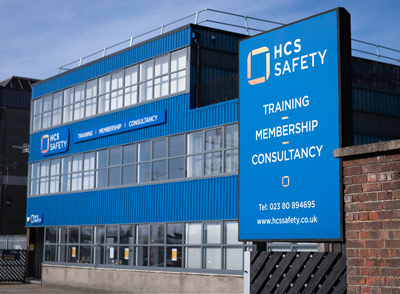Frequently Asked Questions
Stress is the adverse reaction people have to excessive pressure or other types of demand placed on them in the workplace. Pressure, in itself, is not harmful. In fact, for many people pressure can be a motivator – think about how a looming deadline can motivate you to do something. However, when this pressure becomes too much this is when it may become harmful. Everyone will have different levels of how much pressure they can cope with at any given time.
The employer should carry out a stress risk assessment and must first identify possible causes of stress in their workplace and one way would be to use the HSE management standards which cover the six most common causes of stress in the workplace i.e. demands, control, support, relationships, role and change. These can then be addressed, and interventions may be primary interventions – organisational (strategic) level; secondary interventions – team or group (macro) level; or tertiary interventions – individual (micro) level.
Once stressors (the things that cause stress in the workplace) have been identified interventions can be rolled out. These may be primary interventions – organisational (strategic) level; secondary interventions – team or group (macro) level; or tertiary interventions – individual (micro) level.
Speaking to a mental health first aider (if you have one at work) to contacting an Employee Assistance Programme may help you but will not bring these things to the attention of your employer. This could be done through a confidential conversation with your line manager, the HR department or occupational health (if you have provision). It could be brought up in 1-2-1 reviews or annual appraisals.
Many things can cause stress in the workplace and the HSE have identified the six main causes of workplace stress. They are demands, control, support, relationships, role and change.




